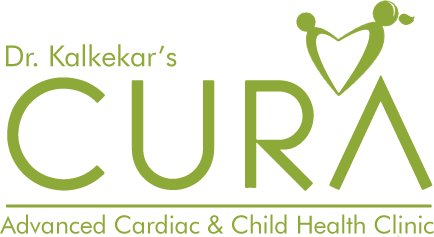Understanding CT Angiography
CT angiography is a medical imaging procedure that utilizes a computed tomography (CT) scanner to visualize blood vessels in various parts of the body. It is particularly effective for detecting and assessing vascular abnormalities, such as aneurysms, stenosis, or blockages, without the need for invasive techniques like catheter angiography.
Why is CT Angiography Done?
CT angiography is performed for several reasons, including:
1. Diagnosis: To identify or confirm vascular conditions, like arterial blockages or aneurysms.
2. Preoperative Planning: Surgeons use CT angiography to plan procedures, such as vascular surgeries or organ transplants.
3. Monitoring: It is used for post-surgery or post-intervention assessments to evaluate the success of the treatment.
4. Screening: Some individuals at high risk of vascular diseases may undergo CT angiography as a preventive measure.
The Test Procedure
During CT angiography, a contrast dye is injected into the bloodstream to enhance the visibility of blood vessels. The patient is positioned on a movable table that enters the CT scanner. X-ray beams pass through the body, and a computer creates detailed cross-sectional images of the vessels.
CT Angiography vs. Angioplasty
It's important to note that CT angiography is a diagnostic test used to create detailed images of blood vessels, while angioplasty is a therapeutic procedure. Angioplasty involves the insertion of a balloon-tipped catheter into a blocked or narrowed blood vessel to widen it and improve blood flow. The choice between these two procedures depends on the patient's condition and the doctor's recommendation.
Before the Test
Before undergoing CT angiography, you may be required to follow specific instructions, which can include fasting for a certain period and discontinuing the use of certain medications. It is essential to inform the medical staff about any allergies or medical conditions you may have, as well as any medications you are taking.
After the Test
After the CT angiography, most patients can resume regular activities, including returning to work or driving. However, they should drink plenty of fluids to help flush the contrast dye from their system. It is important to follow any post-procedure instructions provided by your doctor, which may include restricting certain activities or medications.
CT Angiography Cost in Seawoods
The cost of CT angiography in Seawoods can vary widely depending on the location, hospital, and type of equipment used. However, on average, the cost of a single CT angiogram can range from INR 5,000 to INR 50,000, with additional tests or procedures potentially increasing the cost. It is recommended to visit Dr. Kalkekar's CURA Clinic for more details about CT angiography cost in Seawoods.
At Cura Clinic, we're here to provide you with top-quality CT angiography services in Seawoods, catering to your health needs and budget.




